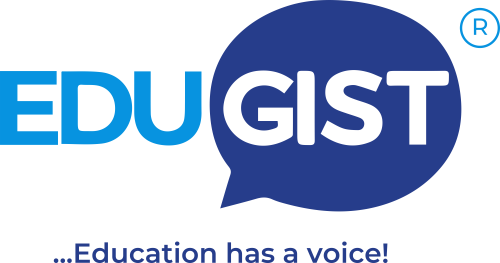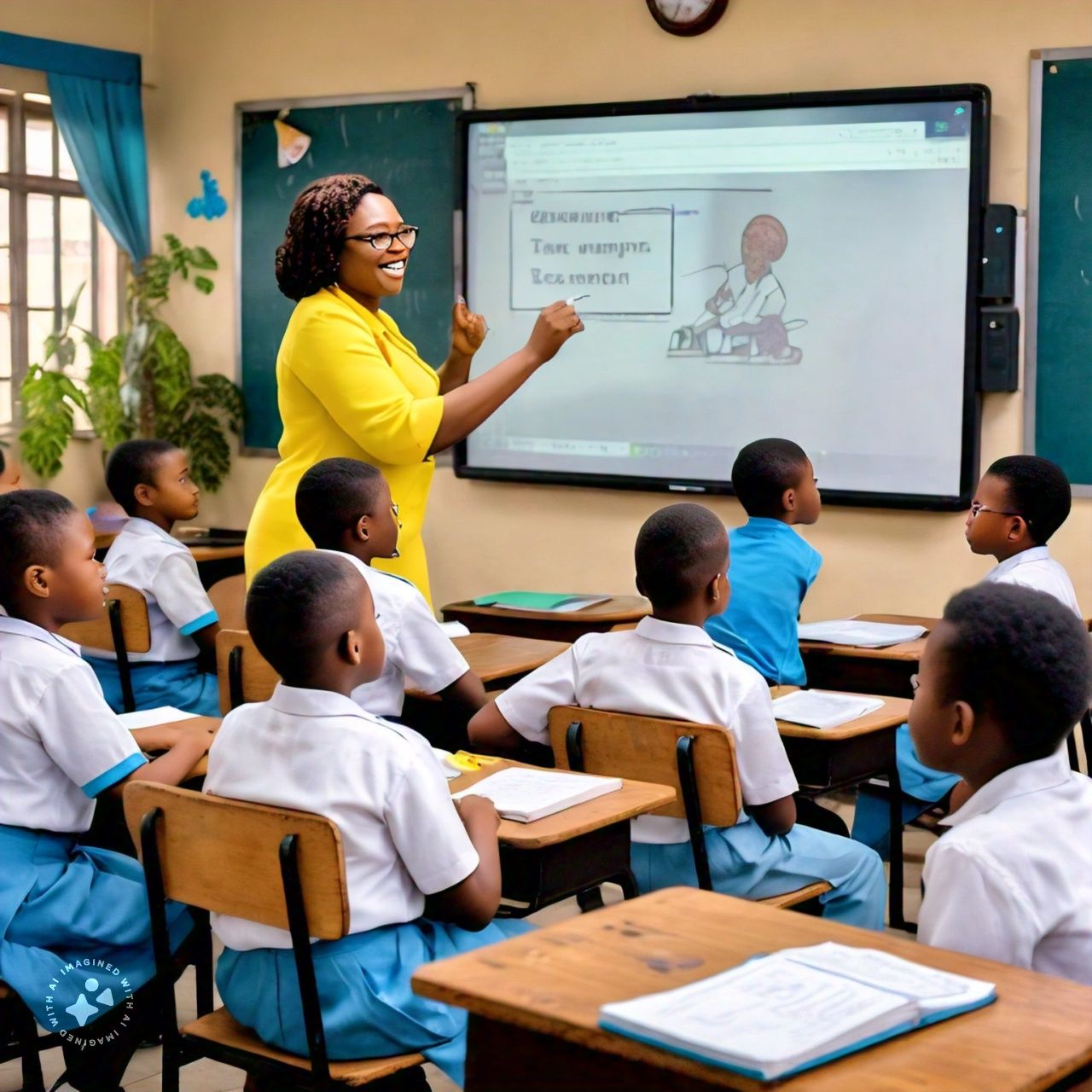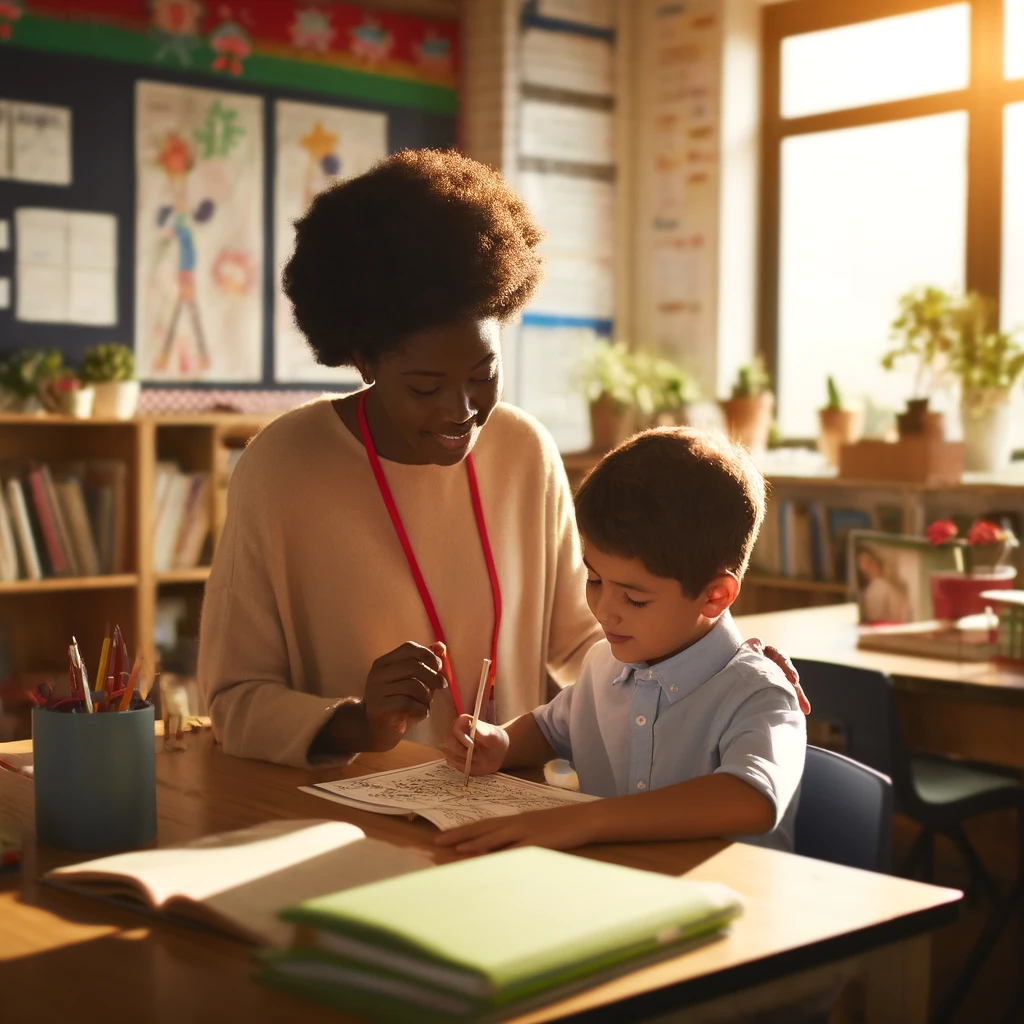Educators face the challenge of meeting the unique needs of every student. Differentiation, an instructional strategy that involves tailoring teaching environments and practices to create optimal learning experiences for all students, has emerged as a powerful method to address this challenge.
Differentiation recognises that students come with varied backgrounds, readiness levels, interests, and learning profiles, and it seeks to accommodate these differences to maximise each student’s potential.
Differentiation is a teaching approach that involves modifying the content, process, product, and learning environment to address the individual needs of students. Carol Ann Tomlinson, a leading expert in differentiated instruction, describes it as a way to ensure that what a student learns, how they learn it, and how they demonstrate their learning matches their readiness level, interests, and preferred mode of learning.
This involves varying what students learn. Teachers might provide texts at different reading levels, use various types of resources, or offer different topics within the same unit. For example, in a history lesson, some students might explore the economic impacts of a historical event, while others focus on the cultural or political aspects.
This also refers to how students make sense of the information. Differentiated processes might include using graphic organizers, offering hands-on activities, or incorporating technology. Group work, peer tutoring, and independent projects can also help address different learning needs.
It involves the ways students demonstrate their understanding. Offering choices for final projects—such as written reports, oral presentations, or creative projects—allows students to use their strengths and interests to show what they’ve learned.
Creating a supportive learning environment is crucial. This can mean arranging the classroom to accommodate various learning activities, setting up quiet areas for individual work, or creating collaborative spaces for group activities. The goal is to provide a physical and emotional space where all students can thrive.
The foundation of effective differentiation is understanding the individual needs, strengths, and interests of each student. This can be achieved through assessments, surveys, observations, and regular interactions.
Group students in various ways based on their readiness, interests, or learning profiles. Groups should be fluid, changing as the needs of the students evolve.
Giving students choices in their learning can increase engagement and motivation. Allowing them to select topics, resources, or methods of demonstrating their learning helps them take ownership of their education.
Use formative assessments to monitor student progress and adjust instruction accordingly. This ensures that all students are challenged and supported appropriately.
Incorporate a mix of direct instruction, inquiry-based learning, cooperative learning, and independent study to cater to different learning styles.
Provide the necessary support for students to succeed with challenging tasks. This might include step-by-step instructions, visual aids, or peer support.
Differentiation acknowledges and embraces the diversity of students, providing opportunities for all to succeed.
By connecting learning to students’ interests and providing choices, differentiation can make learning more relevant and engaging.
Differentiated instruction often involves complex, real-world tasks that require critical thinking and problem-solving.
Differentiation encourages ongoing assessment and adjustment, ensuring that all students are continually challenged and supported.
When students work at their own level and pace, they develop a sense of autonomy and confidence in their abilities.
While differentiation has many benefits, it also presents challenges. Teachers must balance the needs of the whole class with the needs of individual students, which can be time-consuming and require significant planning. Professional development and collaborative planning can help teachers develop the skills and strategies needed for effective differentiation. Additionally, access to resources and administrative support is crucial for successful implementation.
Differentiation is not a one-size-fits-all approach but a dynamic and responsive method that recognizes and celebrates the diversity of students. By tailoring instruction to meet individual needs, teachers can create inclusive and effective learning environments where every student has the opportunity to succeed. As classrooms continue to grow in diversity, differentiation remains a vital tool for educators striving to accommodate and empower every learner.











